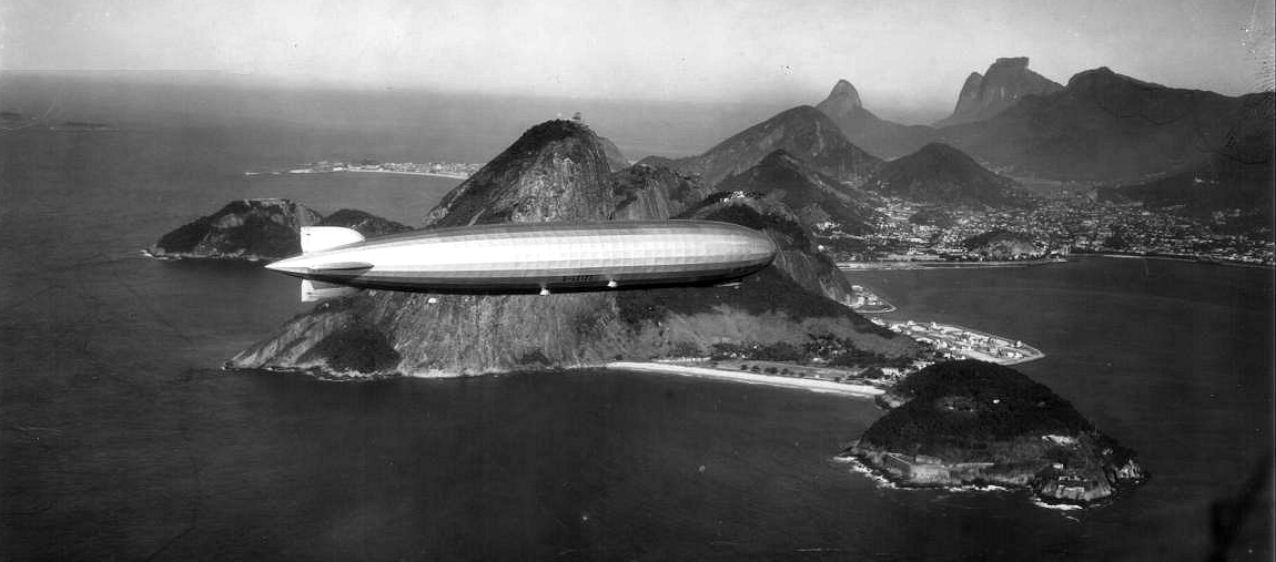I have just seen details of the first regular oceanic airship service, which was operated from May 1933 seasonally for five years.
The dirigible LZ 127, ‘Graf Zeppelin’ flew (initially once monthly) from Friedrichshafen, the base of the Zeppelin company in Southern Germany, to Rio de Janeiro. Stops were made at Barcelona and Pernambuco (now known as Recife) on the southward trip, with Seville replacing Barcelona going north.
The huge size (236.6 m or 776 feet long) notwithstanding, passenger capacity was for 24 passengers only, in 12 staterooms: they were outnumbered by the crew of 36. Cruising speed was 117 km/hr, 73mph, powered by five Maybach diesel engines, which could use gas or petrol.
The fare from Germany to Brazil was US$475 at a time when a top New York hotel charged $2.50 per night single of $4 double.
The journey was scheduled for about five days each way. Cruising altitude was generally 200m (650 feet), climbing if necessary to avoid high ground or poor weather, often descending in stormy weather.
The fare from Germany to Brazil was US$475 at a time when a top New York hotel charged $2.50 per night single of $4 double.
Passengers were permitted 20 kg of baggage on the airship, with a further 100 kg carried by ship, and were advised that staterooms and the social hall (dining room) were comfortably heated and ventilated, and to wear regular apparel regardless of season. Travellers however reported that the sleeping cabins, which were set by day with a sofa that converted to two beds, were cold. Three meals a day were provided, including a six-course dinner.
When the slightly larger LZ 129 ‘Hindenburg’ was built, it operated seven flights to Rio in 1936, and ten to Lakehurst, New Jersey, from May to October, carrying 2,798 passengers. Passenger capacity was 50, and was expanded to 70 before 1937 operations were commenced.
The accident on 6th May 1937 on the first trip of the season, killed 13 of the 36 passengers, and 22 of the 61 crew, and brought Zeppelin operations to an end.
